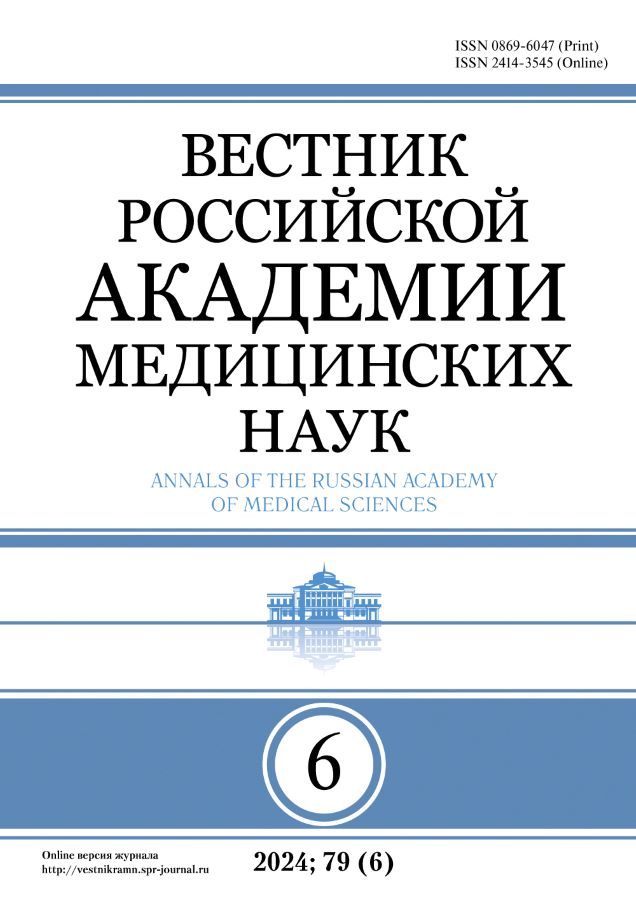Об авторах
Российский научный центр «Восстановительная травматология и ортопедия» им. акад. Г.А. Илизарова,
Курган, Российская Федерация
Автор, ответственный за переписку.
Email: skripnikov2007@mail.ru
PhD, Research Worker of Laboratory of Physiology of motion and neurophysiology «Russian Ilizarov Scientific Center for Restorative Traumatology and Orthopaedics» Address: 640014, Kurgan, M. Ul'yanovoi St., 6; tel.: (3522) 23-04-81 Россия
Российский научный центр «Восстановительная травматология и ортопедия» им. акад. Г.А. Илизарова,
Курган, Российская Федерация
Email: rjik532007@rambler.ru
PhD, Senior Research Worker of Laboratory of functional studies «Russian Ilizarov Scientific Center for Restorative Traumatology and Orthopaedics» Address: 640014, Kurgan, M. Ul'yanovoi St., 6; tel.: (3522) 45-27-36, 45-42-86
Россия
Российский научный центр «Восстановительная травматология и ортопедия» им. акад. Г.А. Илизарова,
Курган, Российская Федерация
Email: office@ilizarov.ru
PhD, Professor, Head of Department 15 (cosmetic surgery, achondroplasia) «Russian Ilizarov Scientific Center for Restorative Traumatology and Orthopaedics» Address: 640014, Kurgan, M. Ul'yanovoi St., 6; tel.: (3522) 45-03-39
Россия








